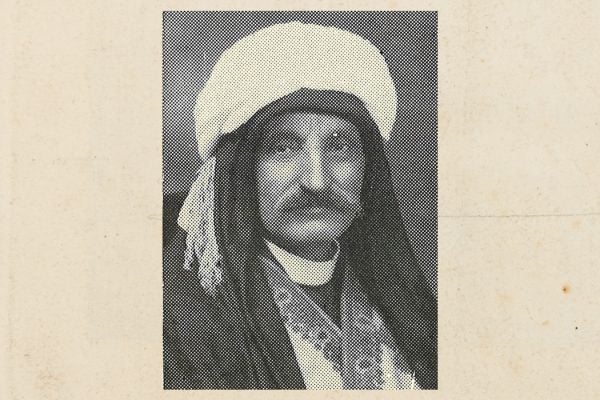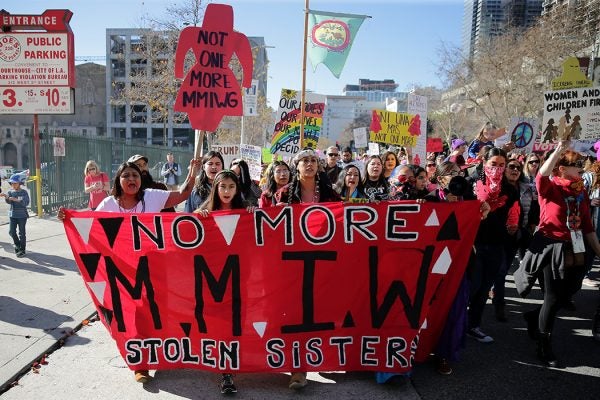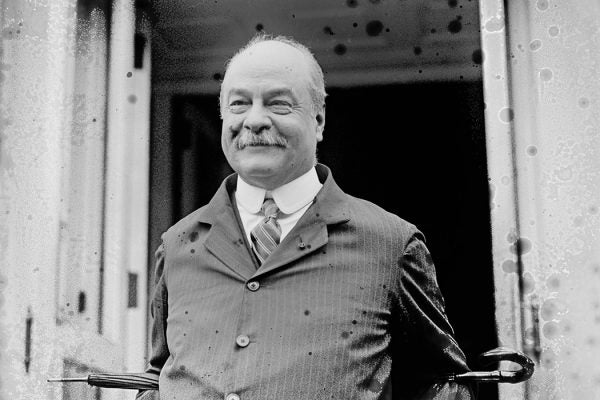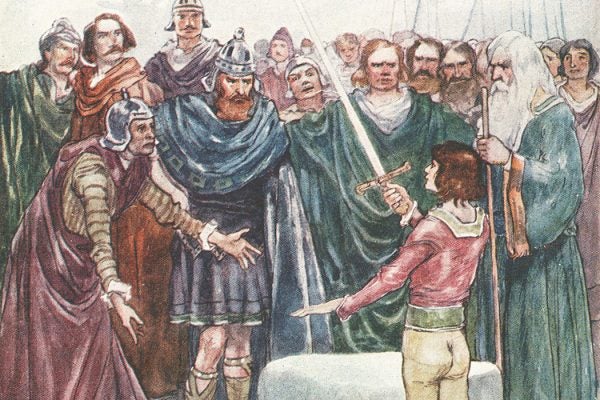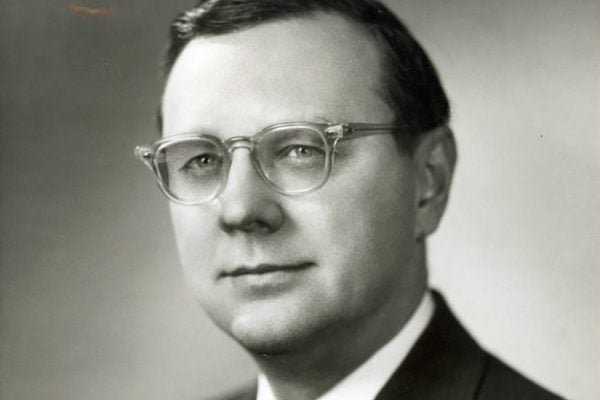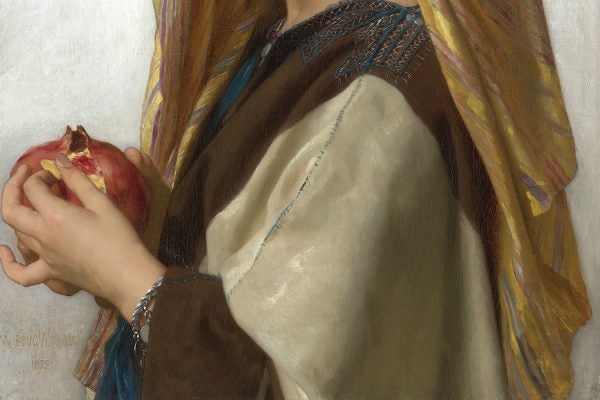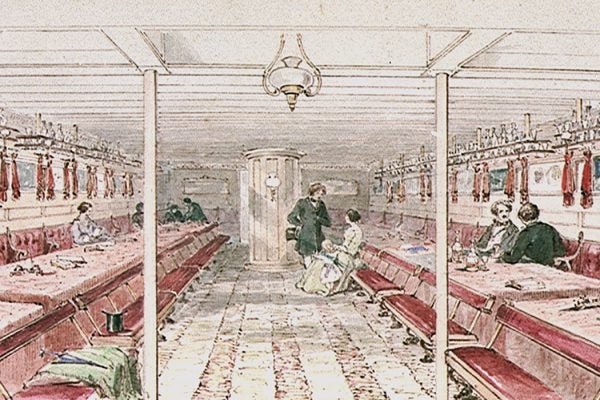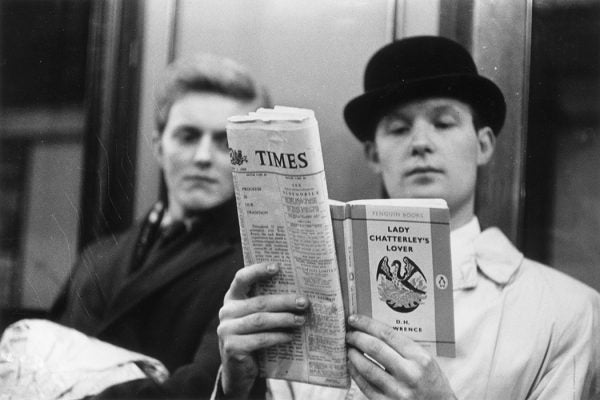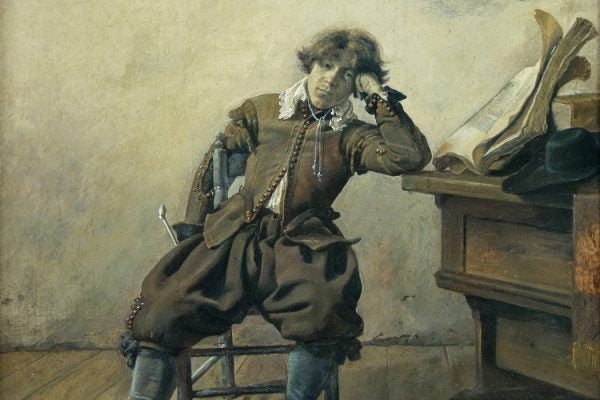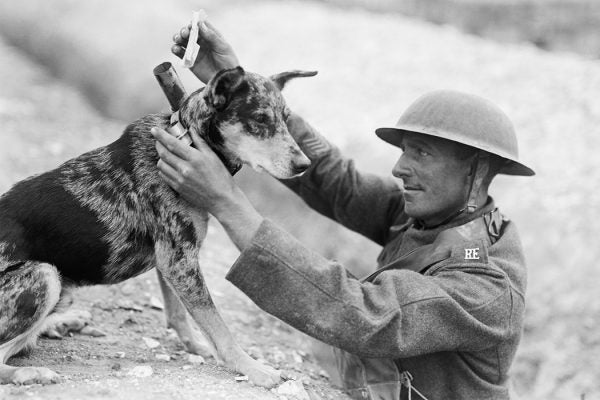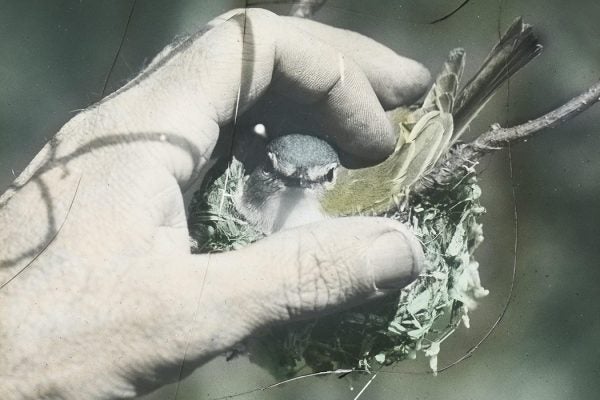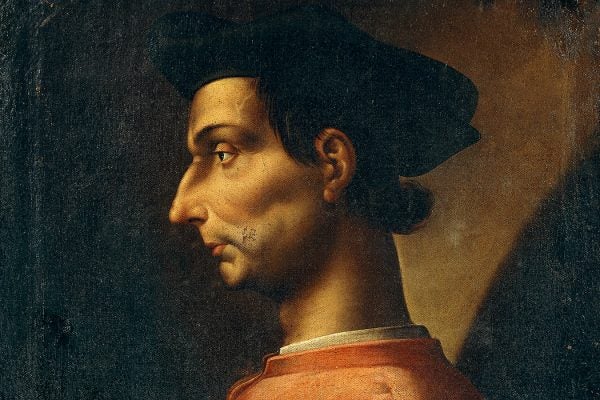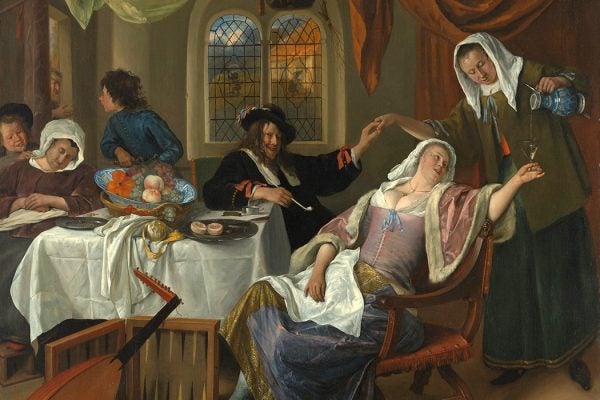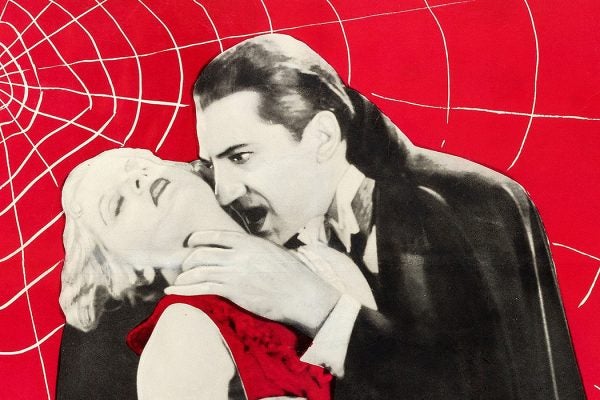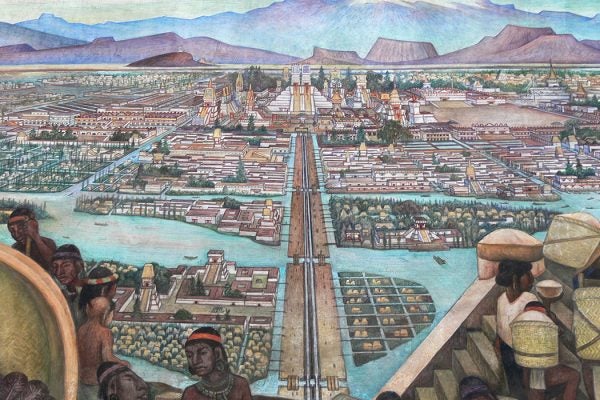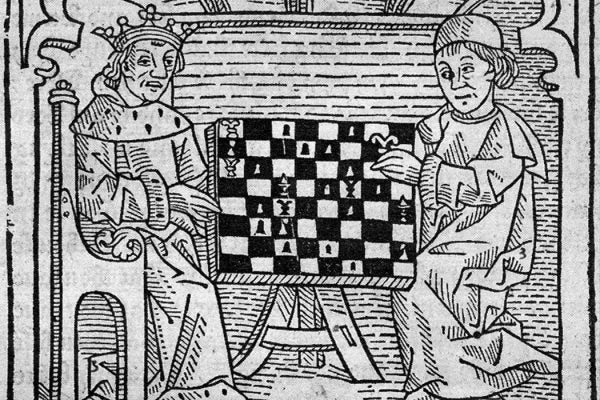Wreath-Making in National Parks? In Mexico, Yes
Mexico created its national parks system in the 1930s. Today, hundreds of thousands of people live, and work, within its boundaries.
Charity Scams of Yore
Between the 1850s and 1940s, a charity scam worked a collection circuit of Evangelical Christians in least five hundred towns across eighty countries.
In History, The Past is the Present is the Future
If the past is so all terribly bad, then aren’t we lucky in the present?
Colonial Traffic in Native American Women
Slavery in North America was not an institution of singular evil.
Silence in the Face of Intellectual Conflagration
Columbia University President Nicholas Murray Butler's actions (and inaction) towards Nazi Germany spoke loudly, while he said nothing.
The Return of the Hidden Hero
The hero/king/god isn’t dead, he’s just sleeping, often under a mountain, waiting for the day his people really need him.
Race-baiting the Last Big City Socialist
When business interests tried to use red-baiting to take down a socialist mayor of Milwaukee in the Fifties, it didn't work, so they used race-baiting instead.
The Paradoxical Pomegranate
Aphrodisiac and contraceptive, enflaming and cooling, the pomegranate was a balancing act, mediating between opposing states.
Separate Spheres On Narrow Boats: Victorians At Sea
On the North Atlantic, the ships were small and the trips were long, making it difficult to maintain the land-based social distinctions.
Ham Radio and Gender Politics
During its heyday in the 1950s, ham radio was predominantly a hobby for middle-class men, based in suburban homes.
Would You Let Your Servant Read This Book?
How the ban on D. H. Lawrence's book Lady Chatterley's Lover was reversed.
Dogs in the Trenches of World War I
While the history of pigeons and horses in the military is widely known, canines have gotten less attention.
A Short History of the Public Restroom
How come it's so hard to go in sweet privacy when you're out and about?
Bird Watcher
Herbert Keightley Job’s work represents a major turn in the study of birds. Instead of shooting them, he photographed them, at least some of the time...
Machiavelli, Prince of…Democracy?
The other side of the Renaissance man, known today for promoting autocratic power.
Drunk as a Lord? OK, if You’re a Lord
Where does class-based hypocrisy over substance use come from? Look to the seventeenth century.
The Rise and Fall of the Liberty Cap
What happened to the revolutionary headgear that symbolized freedom from enslavement? Meet the sectional politics of the early republic.
The Zoot Suit Riots Were Race Riots
In 1943, white servicemen attacked young people of color for wearing the ultimate in street style—on the pretext that they were shirking wartime duty.
How Gay Marielitos Changed Immigration
In 1980, the policy of denying entry into the US based on homosexuality ran smack into anticommunism.
On the Origins of the Blood Libel
The ultimate conspiracy theory may be the charge of Jews killing Christian children.
Indigenismo in the United States
The adoption of Aztec cultural iconography by modern activists has roots in Mexican nationalist policies of the 1920s.
Knights and Kings: Medieval Chess as Male Bonding
Scholar Jenny Adams examines the homosocial facets of the game through literature of the Middle Ages.


